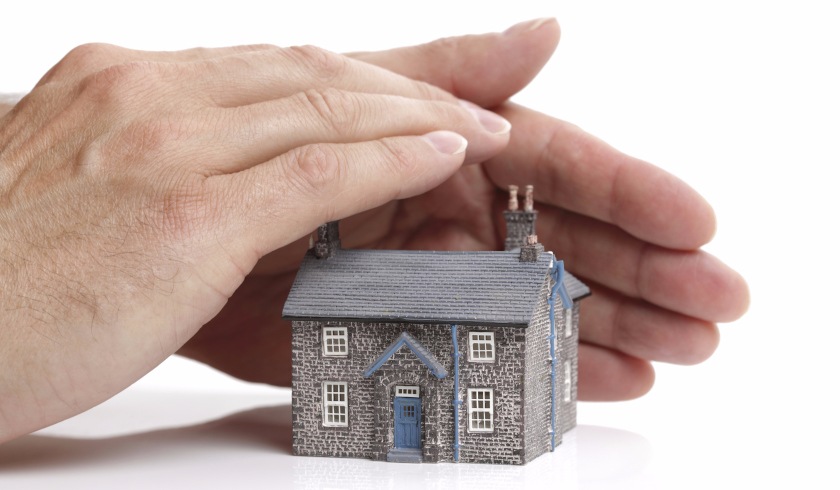How to reduce the risk of termite damage in your property
BuildingPro founder Andrew Mackie-Smith has spent more than a decade as a professional builder and a licensed building and pest inspector, and he has continuously educated himself to help investors ensure and maintain the good quality of the property they are planning to purchase.

By now, the inspector can walk up at a house and know that it may be infested with termites and other pests that can be detrimental to the property.
“You do get a bit of a sense... You won't always be right, but you can certainly get a sense for where you see the risky ones,” he said.
One of the factors that contribute to termite damage is the dampness around the property. According to Andrew, termites often thrive in damp environments because of their soft teeth which are close to the brittleness of fingernails.
The builder explained: “Termites really need damp [areas] and they need timber in contact with the ground… For them to chew through the timber, [it has to be] decaying or it's moist.”
The amount of surrounding trees and rotting timbers near the property can also be telling of a possible termite infestation.
“When you pull up to a property, if it's next to or backs onto a bush reserve—wow—that's a lot of termite pressure. If you can see a lot of trees on the property or you're… next to a park… that's a high risk,” Andrew said.
“If there's a lot of timber logs on untreated timber like those old railway sleepers, termites just love that [because] that's food for them. Termites will typically need rotting timber… and dampness.”
Often, reliable builders use hardwood timber to build a property in order to reduce the risk of being infested with termites and other pests.
“Typically, termite damage will show up on the skirting boards and architraves [because] they're made of pine and they're softer… If there's any dampness around, that gives them a water source, [and] like most creatures, they need water to survive and they'll come towards the moisture,” he said.
His advice to property investors: Get a regular building and pest inspection to make sure that your investment property remains in good condition. While their services require more expenses, they can help you reduce risk and, therefore, avoid future unexpected costs for the repair and maintenance of your property.
Andrew concluded: “Taking actions on those reports is what's necessary… Many times, I've read inspection reports where they've recommended those risks that we've discussed to be mitigated, and no action was taken, and then I come in to do a pre-purchase inspection, and— bingo—termites have come in in that very spot.”
Tune in to Andrew Mackie-Smith’s bonus episode on The Smart Property Investment Show to know more about potential red flags in pest and building inspections and the ways in which investors can tackle these issues head-on.

